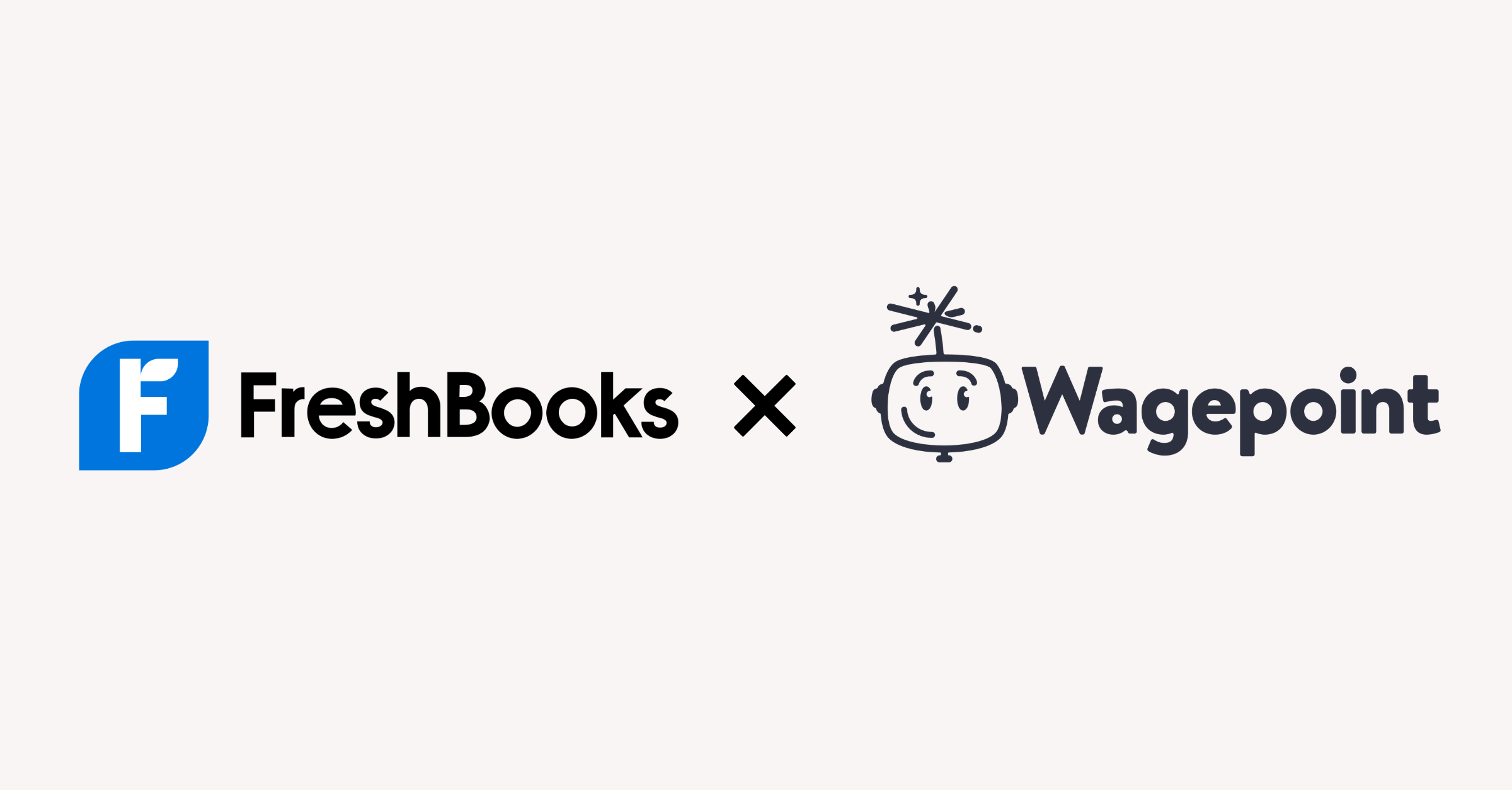Become an insider!
Get our latest payroll and small business articles sent straight to your inbox.
There are a lot of challenges facing workplaces these days — from employee shortages to layoffs to the continued fight for equal pay. You may have even heard of the two latest buzzwords (that really aren’t new to the workplace at all): Quiet quitting and quiet firing.
- Quiet quitting = An employee doing the bare minimum to meet their work requirements — nothing more. The purpose is to fly under the radar and not make any waves or draw attention to themselves.
- Quiet firing = Employers purposefully creating a hostile work environment with the hope that an employee will eventually quit. This tactic is used by employers who are afraid to communicate expectations through feedback, instead letting the employee see their own way out.
It seems like there’s something missing when either of these occur at work: Communication.
When our employees don’t know what’s expected of them, and when we don’t readily communicate feedback, quiet quitting and quiet firing creep in, which are detrimental to any workplace culture.
How can you prevent these things from happening in your company? For starters, have meaningful conversations about work and expectations with your employees, and be open and willing to receive feedback. One way to ensure these conversations happen is having a solid employee performance structure.
Here, we’ll explore the basics of employee performance and how implementing these in your workplace with a Human Resources Information System (HRIS) like People by Wagepoint can help strengthen communication and decrease employee turnover.
Set expectations from the get-go.
The groundwork of employee performance reviews starts with setting expectations with your employee, which begins with well-documented job descriptions.
Ensuring that your newly hired or promoted employees know what their job expectations are sets them up for success from the start. A well-thought-out job description should describe the role in detail, list responsibilities and set who the employee reports to (or who reports to the employee).
If the job description seems like a challenge to craft, enlist the help of your team and document everything. If the position is fluid and meant to shift and change, write that down. Jobs are never cut-and-dry, especially in a small business where folks wear many hats. Documenting these types of variables is a good thing and empowers employees to handle tasks that come at them that aren’t listed in the job description.
Job descriptions are also not set in stone — remember that they can be updated as your company moves forward.
People by Wagepoint is a great place to store things like job descriptions in a central location and makes them accessible to your entire team. A collective understanding of who does what and how positions relate to each other can avoid bottlenecks in productivity!
Work towards job-specific objectives that ladder up.
Your team should be working toward objectives each quarter that ladder up to company objectives. For example, if you’d like to improve revenue, then each employee should understand how their job directly relates to improving revenue.
Objective setting is an important tool to communicate and drive an employee’s work. They should be:
- Relatively short-term (think about setting them each quarter); and
- Measurable and realistic (as setting unrealistic objectives will be frustrating to everyone).
For easy access, objectives can be listed in one central place, like People by Wagepoint, and be updated weekly by employees! Managers should be able to take a glance at objectives at any time and understand what progress has been made.
Objectives should be set and reviewed by the employee and their manager each quarter. Even if an objective is longer-term, reviewing the objective with your employee shouldn’t wait until an annual review. Which leads us to our last step in performance management.
Review early and often.
Ah, employee performance reviews.
When these are done right, they should be open and honest conversations about the employee’s recent performance and an opportunity for employees to give feedback about the company or leadership. Often though, companies conduct only annual reviews where feedback is delivered that should have been given months ago. Nothing should be a surprise if you have frequent reviews.
Regular feedback is a best practice. Having quarterly reviews opens the lines of communication for what’s expected of employees and gives the opportunity to provide timely, two-way feedback.
Quarterly reviews are a great time to review your employees’ objectives and chat about progress. In fact, People by Wagepoint automatically pulls in-progress objectives into an employee’s review, so you won’t miss updating them regularly.
Reviews should be conversational, collaborative and well-documented so that they can be referred back to. People by Wagepoint stores employee performance reviews so that they can be referenced by employees whenever they need to take a look back at their feedback and discussion.
Keep information readily available.
This process is great but will fall short if information gets buried in paperwork or spreadsheets. A HRIS like People by Wagepoint is a great way to keep job descriptions, objectives and reviews organized and accessible to your team.
If you’re struggling with employees who don’t seem to be doing what you expect, or you’re having a hard time putting a process together to better communicate expectations, People by Wagepoint can help you get started. Schedule your free consultation demo today and see how we can help.
Opening the lines of communication when it comes to expectations and using an easy HR tool can help you avoid or reverse quiet quitting/firing in your workplace!











